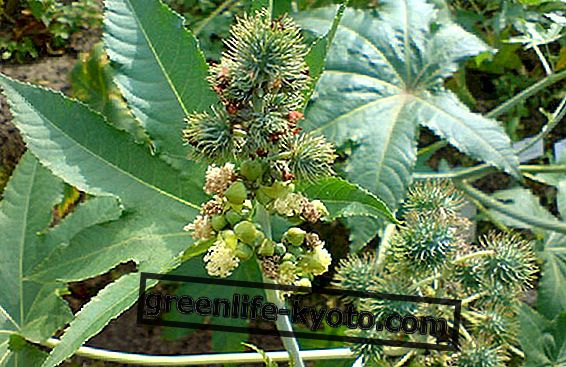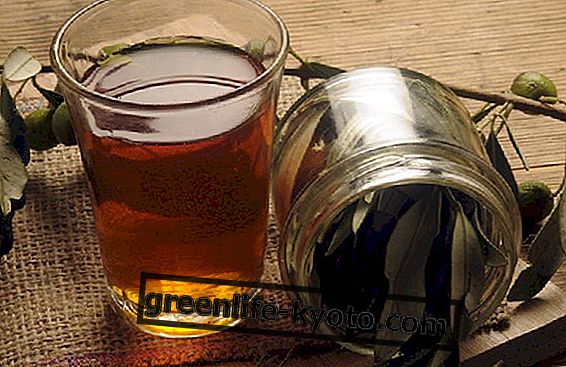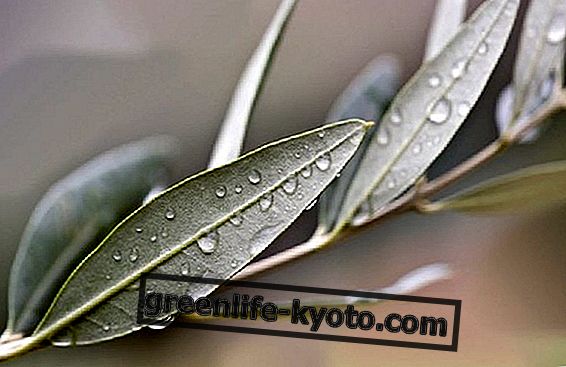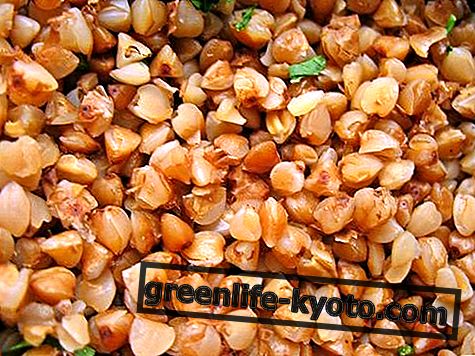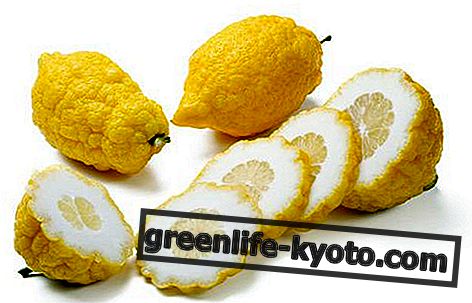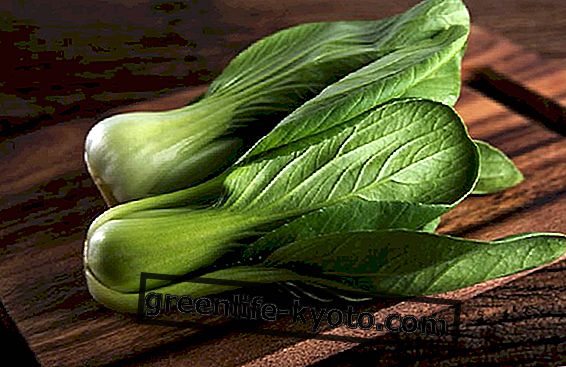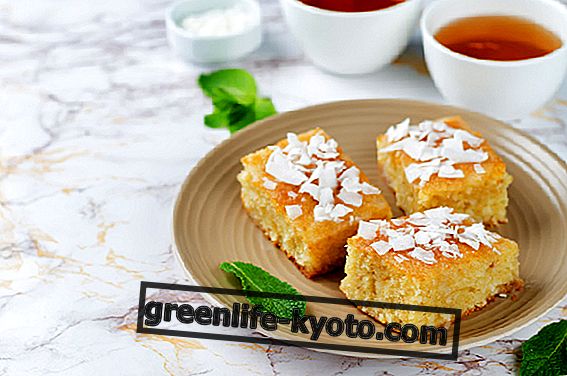The yarrow ( Achillea millefolium ) is a plant of the Asteraceae family . In addition to the well-known healing properties, the yarrow also has hemostatic properties and is also useful in case of muscle spasms . Let's find out better.
>

Properties of the yarrow
The flowers and leaves of yarrow contain essential oil (azulene, camazulene, ß-pinene, caryophyllene), flavonoids, organic acids (caffeic and salicylic), hydrolysable tannins, sterols, lactones, coumarins.
The fame of the yarrow is due to its healing and tissue repairing action and for this reason it came and is still used to treat skin lesions, wounds and wounds of all kinds.
The plant is now considered an excellent antispasmodic remedy, as it helps to relax smooth muscles, in the presence of menstrual pain, colitis or irritable bowel accompanied by abdominal cramps ; while for stomachic properties, it is used to promote digestive and hepatic function.
Furthermore, the presence of flavonoids (in particular vitexin) gives the plant a balancing action of the hormonal system useful for all those symptoms related to the premenstrual phase, associated with nervousness, irritability, mood swings, weakness and fatigue.
The yarrow also has astringent, anti-inflammatory and haemostatic properties and therefore is able to stop bleeding, and various bleeding problems due to inflamed gums, heavy menstruation or hemorrhoids; while achilleina would be able to control sudden changes in blood pressure and restore normal blood circulation.
You can deepen all natural remedies for hypertension

Method of use
INTERNAL USE
INFUSION: 1 tablespoon of yarrow flowers, 1 cup of water
Pour the plant into the boiling water and turn off the heat. Cover and leave to infuse for 10 min. Filter the infusion and drink 2 cups a day between meals. Infusion and decoction are indicated for fissures, hemorrhoids, ulcerations, diarrhea,
Mother tincture of Achillea : 40 drops in half a glass of water, to drink 2 times a day, away from meals.
EXTERNAL USE
An alternative use of the infusion is beauty packs; an infusion of yarrow is prepared by letting 10 grams of drug rest in half a liter of boiling water, they are made into compresses with pieces of cotton that are placed on the face to eliminate blackheads and combat excess sebaceous skin
Finally, you can use the grass for sitz baths to macerate a nice handful in cold water for a dozen hours and then boil for a few minutes. After filtering it mixes with the bath water and is immersed up to the kidneys, to heal fissures or to soothe abdominal spasms.
Contraindications
The use of the yarrow is not recommended for those who take anticoagulant drugs because of its coagulant properties (which could influence the effectiveness of the drug).
It can also cause allergic reactions in people sensitive to plants of the Astaraceae family.
From the Achillea plant, the homeopathic remedy to treat wounds
Description of the plant
Perennial herbaceous plant, has rhizome-like roots, has a hairy, simple or branched, leafy, ascending stem that can reach 80 cm in height.
The hairy leaves have lanceolate and linear contours, have an alternate arrangement and have a slight camphorated aroma; the basal ones are normally petiolate; while the cauline leaves are sessile.
The flowers are white or pink, whitish achenes. It has a sour, bitter taste and is gathered in more or less dense dense corymbs. The fruits are achenes
The habitat of the yarrow
It grows in the prairies, at the edges of lanes and railways, up to 2500m.
Background
The name of the genus was fixed by Linnaeus and derives from the legend reported by Pliny. According to the latter, the hero Achilles employed the plant during the siege of Troy, on the advice of the centaur Chiron, to treat the wounds suffered in battle by his soldiers. It is called millefoglie due to its 2-3 times pennatosette leaves, that is, that have very narrow lacinias.
The therapeutic properties were described in the 16th dec . by the doctor Castore Durante "I used the millefoil juice to drink in the spits and vomits of the blood and in all the intrinsic ruptures of the veins, as still in the ancient menstrual flows. Put in the nose, the blood flow stagnates. put the enemas with little help
The stalks of the pitharmic acillea variety (once used as a medicine, but little used today), provide under the name Che Pou, the 50 vegetable sticks used in the divination method practiced in China for 3000 years and explained in detail in the famous book of I-Ching mutations.
In the countryside, the yarrow is not only used for the numerous medicinal properties, but also for its property of storing wine (it is used to put a bag of yarrow seeds in the barrel).
In collaboration with Erboristeria del Pigneto
